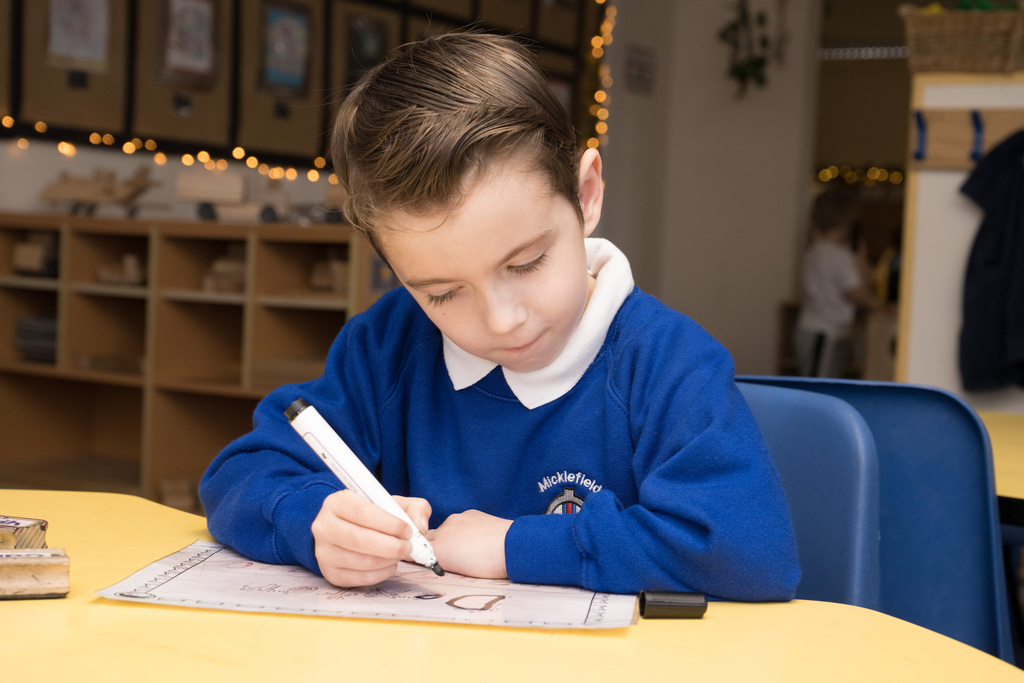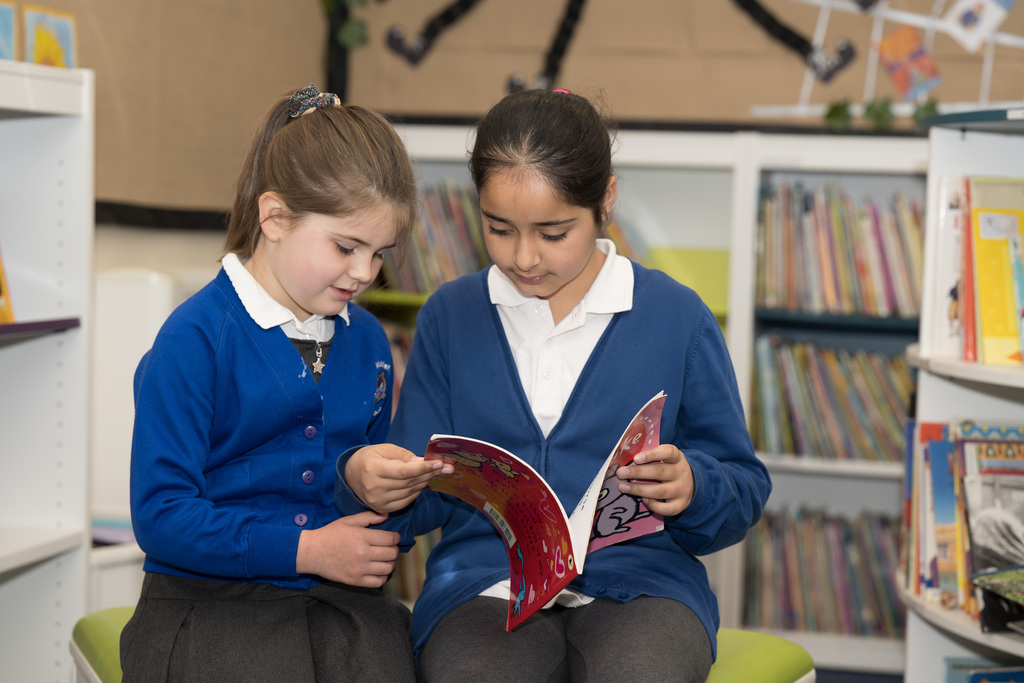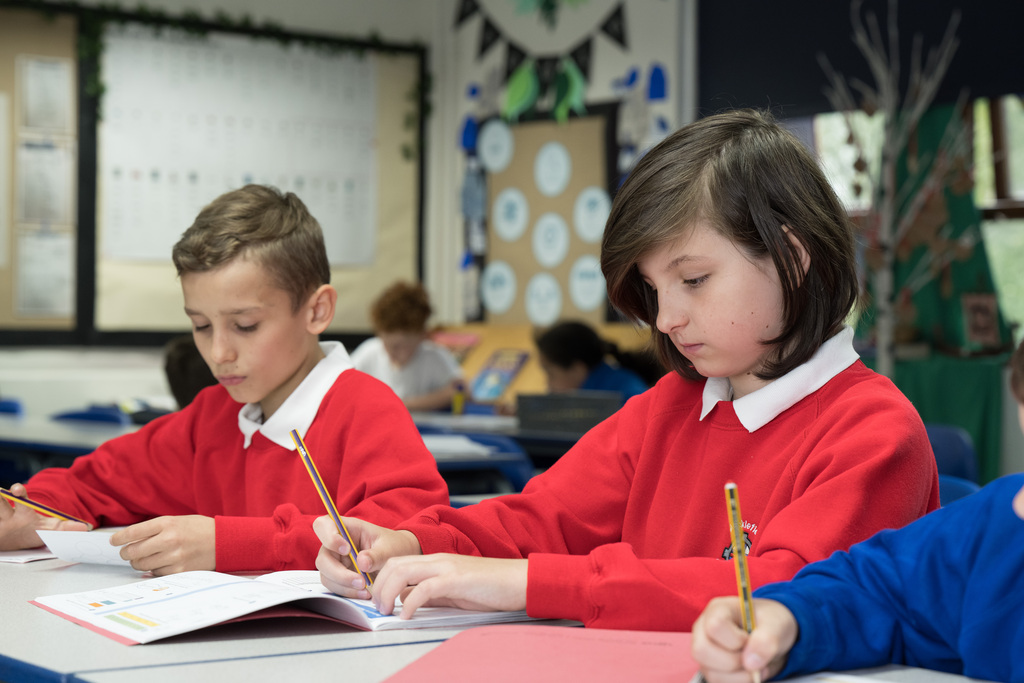Outcomes & Assessment
 Assessment is an integral part of the learning process, and its purpose at our school is to support your children and their teacher in evaluating the impact of the learning experiences provided.
Assessment is an integral part of the learning process, and its purpose at our school is to support your children and their teacher in evaluating the impact of the learning experiences provided.
It provides a means of collecting information regarding a child’s progress and pinpointing areas that may need further consolidation.
A variety of assessment procedures are used allowing teachers to fine tune teaching and delivery of the curriculum to match individual needs and the needs of the class.
All our pupils are assessed on a daily basis in a continuous informal way so that teachers can give instant feedback on what children are doing well and what their next steps for learning are.
In addition to this, there are more formal and statutory testing procedures that take place throughout the time your child is with us.
When your child leaves our school, we send this information to his/her next school.
At the end of each academic year, teacher assessments are reported to parents in the form of the School Report. We also hold parents’ evenings to inform you of progress and targets.
DfE assessment principles
Key Stages and Assessment Arrangements
- Currently, at the end of Foundation Stage (Reception), teacher assessments based on the Early Years Profile take place and these are reported to the Local Authority. 2020 will be the last year of the EYFS Profile as from September all new primary school pupils will take the new reception baseline assessment that will replace the KS1 SATs in Year 2.
- At the end of Key Stage 1 (Year 2), teacher assessments and tests/tasks currently take place and these are reported nationally. KS1 SATs will be removed in 2022/23 due to the introduction of the new Reception baseline assessment in September 2020.
- Pupils are assessed again at the end Key Stage 2, when your child’s progress will be measured against the standards set out in the National Curriculum using the appropriate level descriptions. At the end of Key Stage 2 (Year 6), this is done by children sitting their national SATs (formal external tests) in reading, spelling, punctuation & grammar and mathematics (writing is assessed using moderated teacher assessments). The results of the SATs are reported nationally in the government performance tables.
- Pupils with Special Educational Needs may not take the Y6 SAT tests, teacher assessment judgements are made using the P Scales.
Outcomes and Performance Tables
The EYFS Profile
The EYFS profile is completed for every child in the final term of their Reception year, and has three main purposes: to inform you about your child’s development, to make the transition to Year 1 smoother, and to help the Year 1 teacher plan a curriculum that will suit all of the pupils in their new class.
The EYFS profile is a summary of your child’s attainment at the end of Reception. It’s not a test, and your child can’t ‘pass’ or ‘fail’.
The profile measures your child’s attainment in 17 areas of learning, known as Early Learning Goals (ELGs).
How are the assessments made?
Throughout their time in Reception, the staff will watch, listen to and interact with your child (and the others in their class) as they take part not just in formal learning, but also as they play and go about their daily activities like eating their lunch and getting changed for PE. Some observations will be planned – for instance, the teacher might spend an unbroken 10 minutes with your child on a set activity – but others will be spontaneous. As the member of staff observes your child, they’ll record when they see evidence of them meeting an ELG.
In addition to teacher observations, the EYFS profile will include evidence from you as parents through conversations with staff and our online learning journeys on Tapestry.
Your child’s EYFS profile has two main elements. For each of the ELGs, they’ll be given one of the following judgements:
- At the ‘expected’ level of development
- At the ‘emerging’ level of development (in other words, they haven’t quite reached it yet)
- ‘Exceeding’ the expected level of development.
Teachers are given clear guidance on how to decide which level of development each child is at. For a child to be at the expected level for an ELG, the teacher has to be confident that they meet the requirements for every part of that goal, although they might be better at some than others.
The characteristics of effective learning are harder to sum up, so instead of giving your child an emerging, expected or exceeding level, their teacher will write a short statement for each, explaining how they’ve demonstrated these characteristics. This will be shared with you in your child’s end of year report.
Good Level of Development (GLD)
The Department for Education explains that the ‘Good Level of Development’ measure is a performance measure for Reception pupils. Children are considered to have reached a ‘good level of development’ at the end of the EYFS if they have reached at least the expected level in:
- The early learning goals in the prime areas of learning (personal, social and emotional development, physical development and communication & language
- And the early learning goals in the specific areas of literacy and mathematics.

Y1 Phonics Screening Check
The Phonics Screening Check is to show how well your child can use the phonics skills they’ve learned up to the end of Year 1, and to identify students who need extra phonics help. The Department for Education defines the checks as “short, light-touch assessments” that take about four to nine minutes to complete.
The checks consist of 40 words and non-words that your child will be asked to read one-on-one with a teacher. Non-words (or nonsense words, or pseudo words) are a collection of letters that will follow phonics rules your child has been taught, but don’t mean anything – your child will need to read these with the correct sounds to show that they understand the phonics rules behind them.
The 40 words and non-words are divided into two sections – one with simple word structures of three or four letters, and one with more complex word structures of five or six letters. The teacher administering the check with your child will give them a few practice words to read first – including some non-words – so they understand more about what they have to do. Each of the non-words is presented with a picture of a monster / alien, as if the word were their name (and so your child doesn't think the word is a mistake because it doesn't make sense!).
Your child will be scored against a national standard, and the main result will be whether or not they fall below, at or above this standard.
In 2013- 2019 the "pass threshold" was 32, which means children had to read at least 32 words out of 40 correctly. The threshold mark is communicated to schools at the end of June, after the test has been taken, so that teachers can mark the Check.
You will be told how your child did in your child’s end of year report. If your child’s score falls below the standard, they will be given extra phonics help and will re-take the Phonics screening check in Year 2.
Key Stage 1 SATs
Your child’s teacher is responsible for judging the standards your child is working at in English reading, English writing, mathematics and science, by the end of key stage 1. To help inform those judgements, pupils sit national curriculum tests in English and mathematics, commonly called SATs. They may also sit an optional test in English grammar, punctuation and spelling.
The tests are a tool for teachers to help them measure your child’s performance and identify their needs as they move into key stage 2. They also allow teachers to see how your child is performing against national expected standards.
The tests can be taken any time during May and they are not strictly timed. Pupils may not even know they are taking them as many teachers will incorporate them into everyday classroom activities.
Teachers will use the results from these tests, along with the work your child has done throughout the year, to help them reach their own judgements about how your child is progressing at the end of key stage 1. These teacher assessment judgements will be reported to you by the end of the summer term in your child’s report.

Key Stage 2 SATs
If you have a child in year 6, at the end of key stage 2, they will take national curriculum tests in English grammar, punctuation and spelling, English reading and mathematics.
The tests help measure the progress pupils have made and identify if they need additional support in a certain area. The tests are also used to assess schools’ performance and to produce national performance data.
The key stage 2 tests will be taken on set dates unless your child is absent, in which case they may be able to take them up to 5 school days afterwards.
At the end of the summer term you will receive test results as part of your child’s report for:
- English grammar, punctuation and spelling
- English reading
- Mathematics
Teacher assessment
As there is no test for English writing, this will be reported as a teacher assessment judgement. This is a judgement teachers will make, based on your child’s work at the end of key stage 2. You will also receive a teacher assessment judgement for science.

School and College Performance Measures Website
KS2 Results 2022
The government will not publish KS2 school level data for the 2021 to 2022 academic year.
KS2 Results 2023
As a small village school with a Published Admission Number of 15 children per year group, numbers of children in each cohort are often very small and variable. Some year groups in school are as small as 8 children, which means each child is worth a large percentage. Because of this, it is sometimes statistically difficult to compare the data from our school to that of others, and we often see large variations in percentages from year to year.
When groups of children are very small, the risk of being able to identify an individual child from the data is unacceptable and publishing it would be unfair on that pupil. Therefore, it is the policy of both the DfE and Ofsted not to publish results data for these small groups of pupils.
KS2 Results 2024
| Reading | Writing | Maths |
Grammar, Punctuation and Spelling |
Combined | |
|---|---|---|---|---|---|
| Percentage | 73% | 53% | 47% | 53% | 40% |
| Average Score | 104 | 101 | |||
| Greater Depth | |||||
| Percentage | 20% | 13% | 13% | 20% | 13% |
